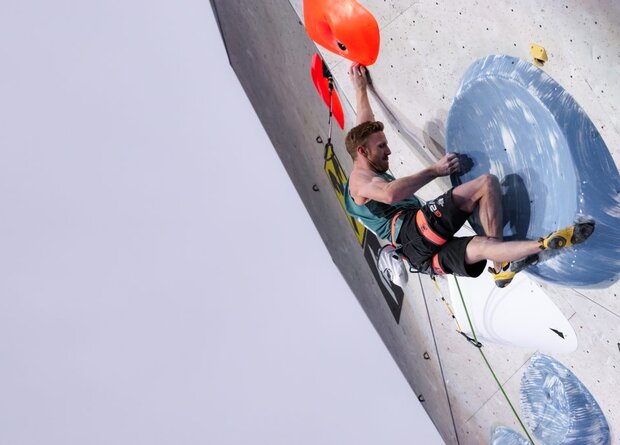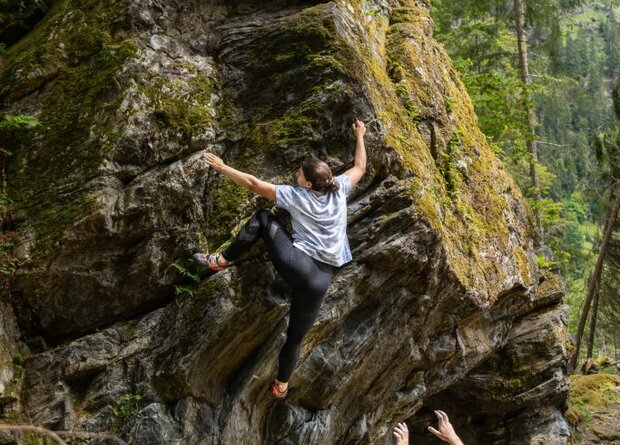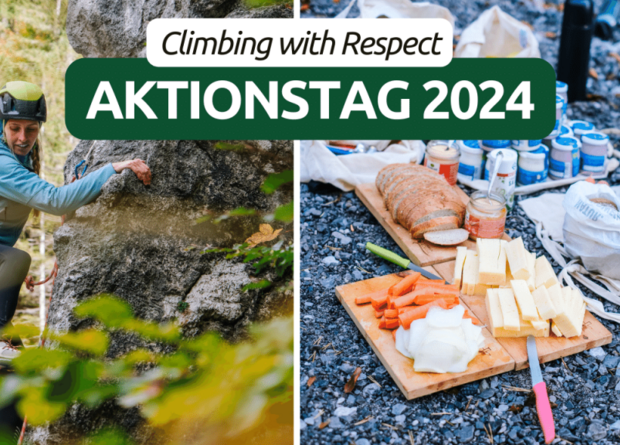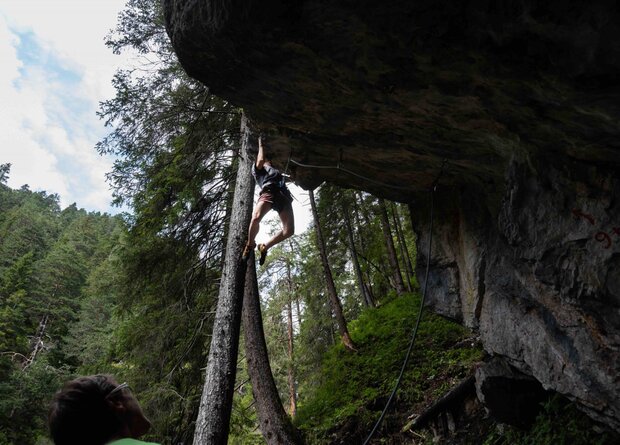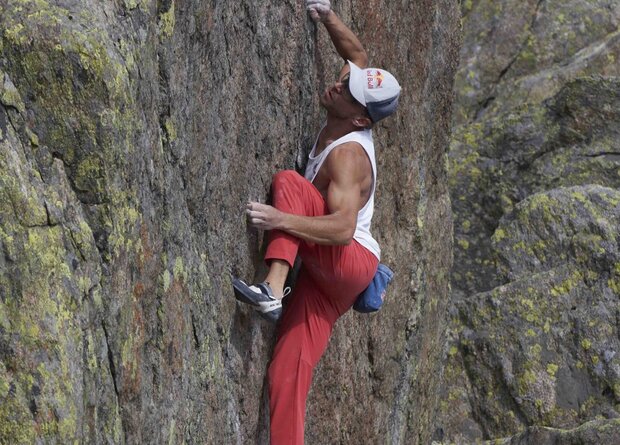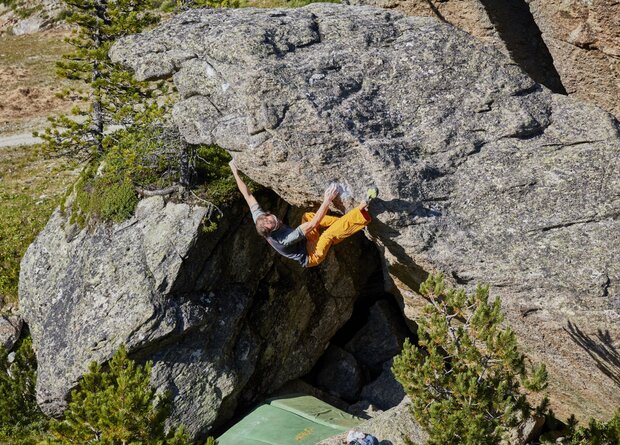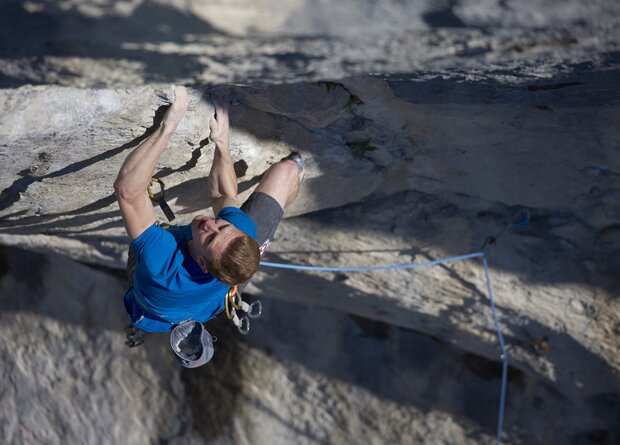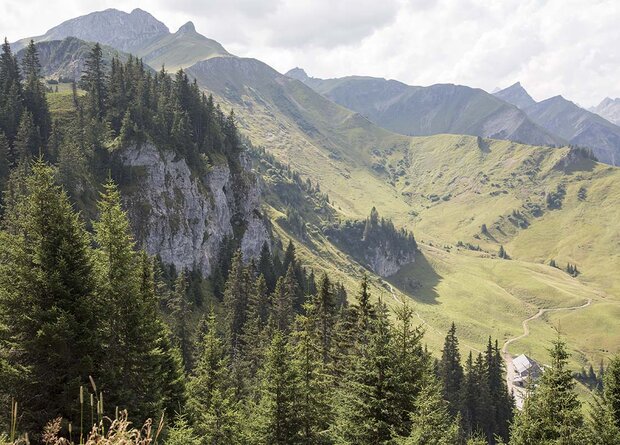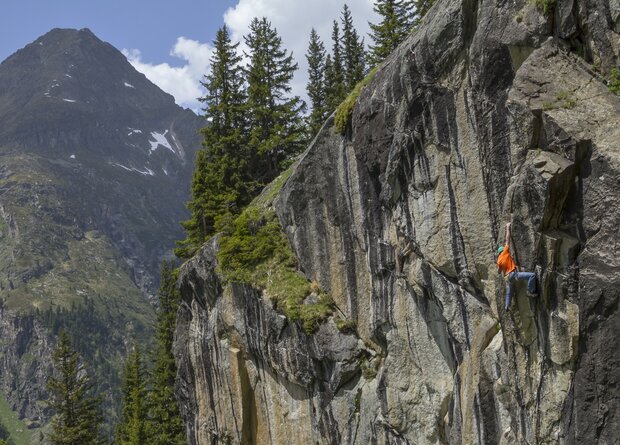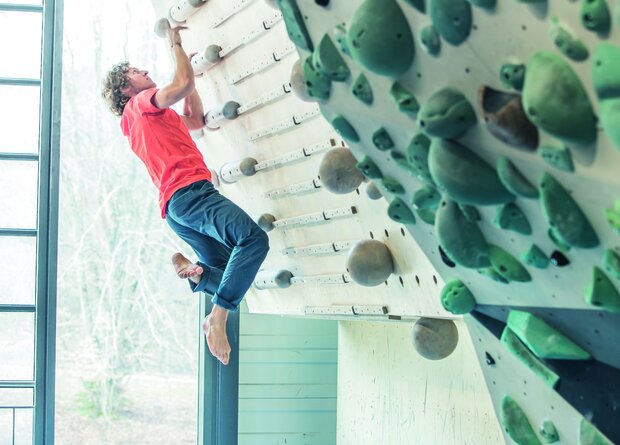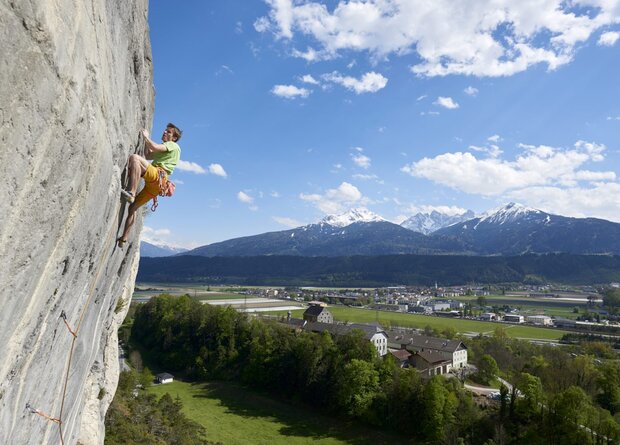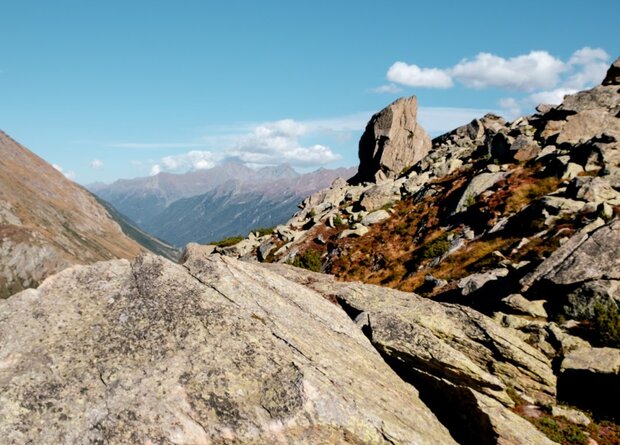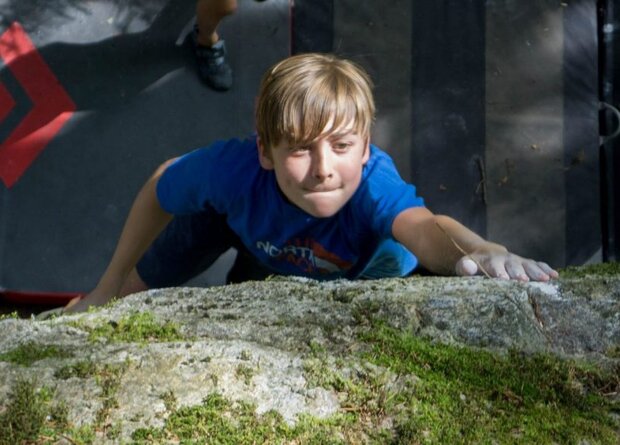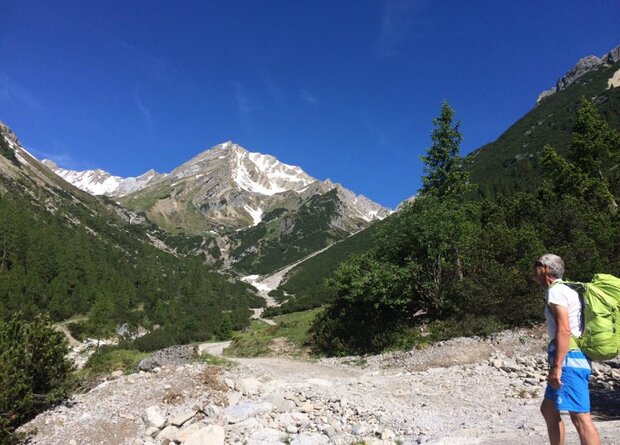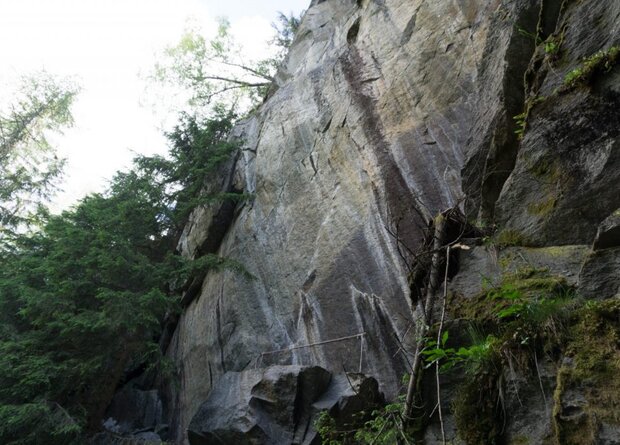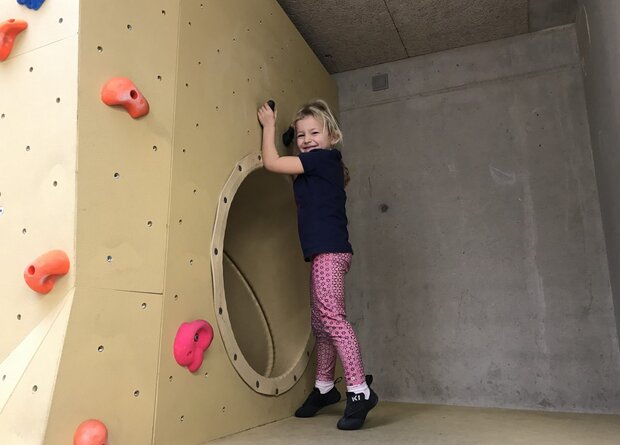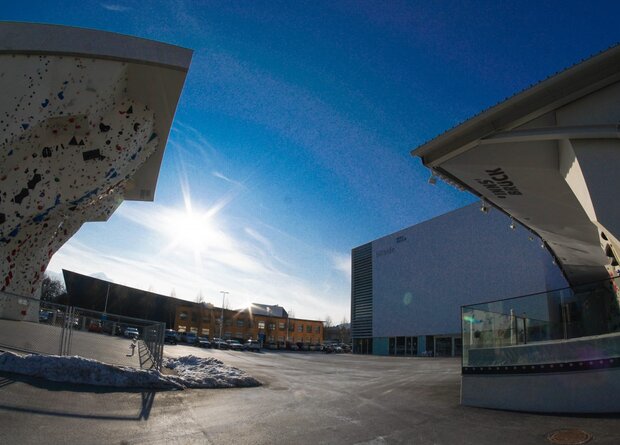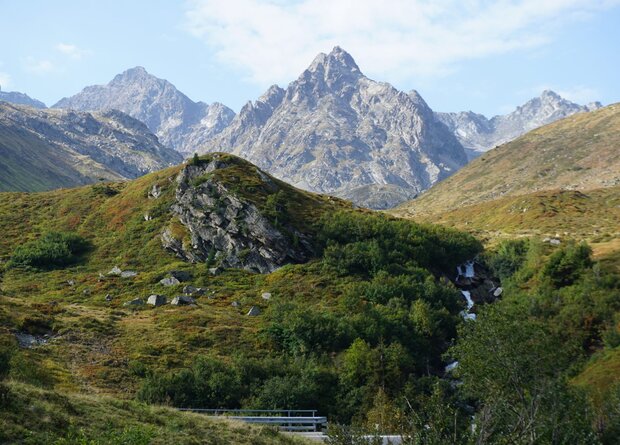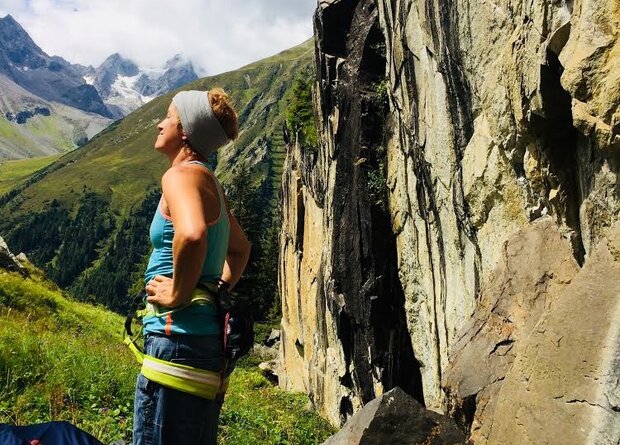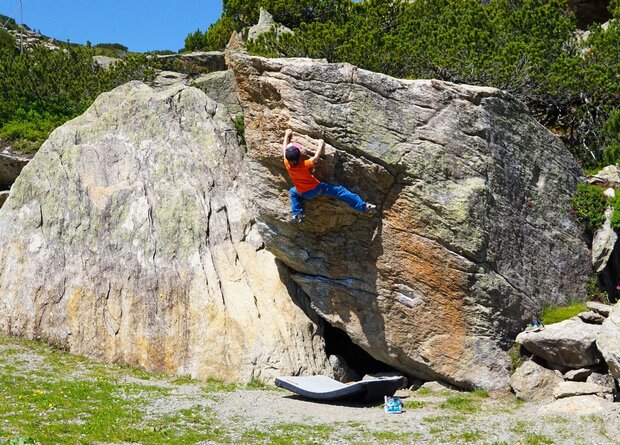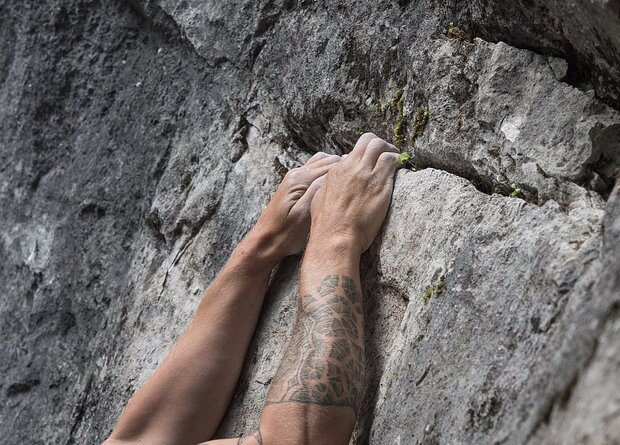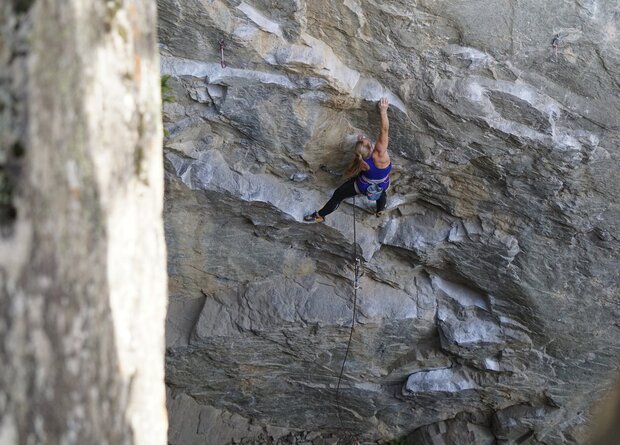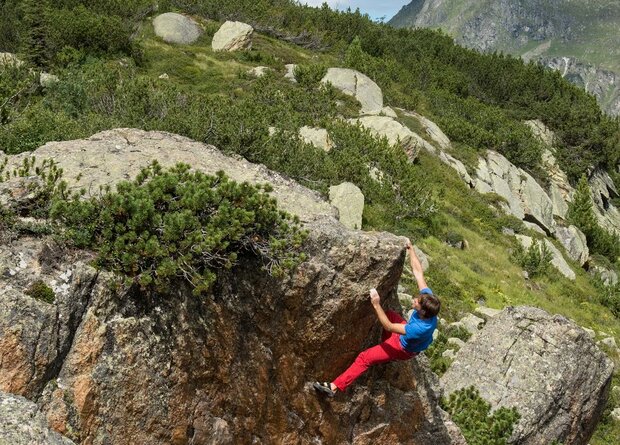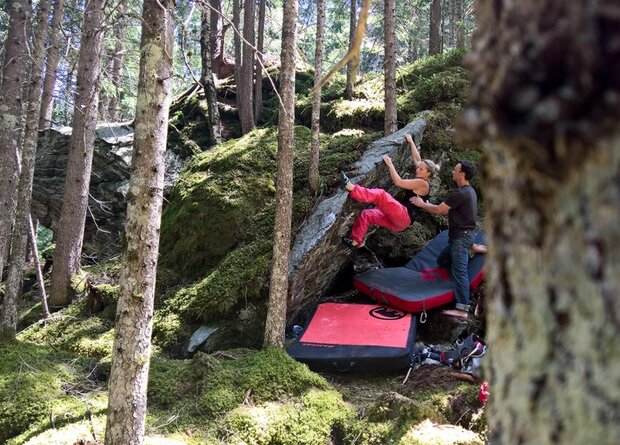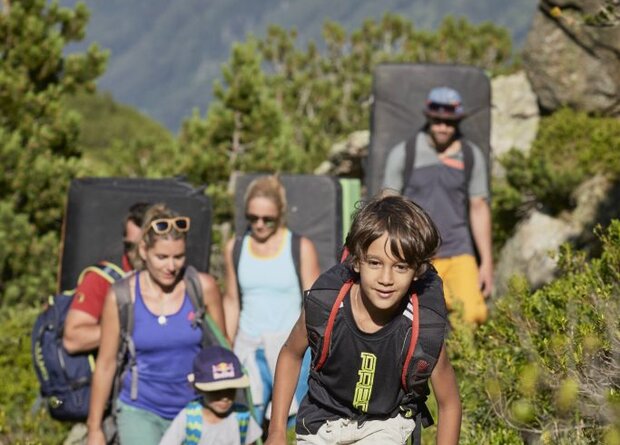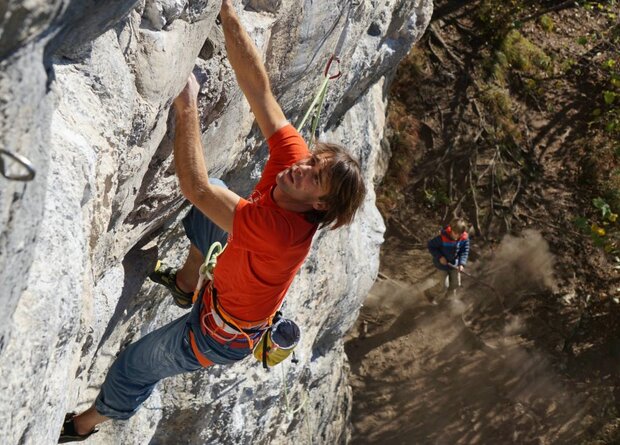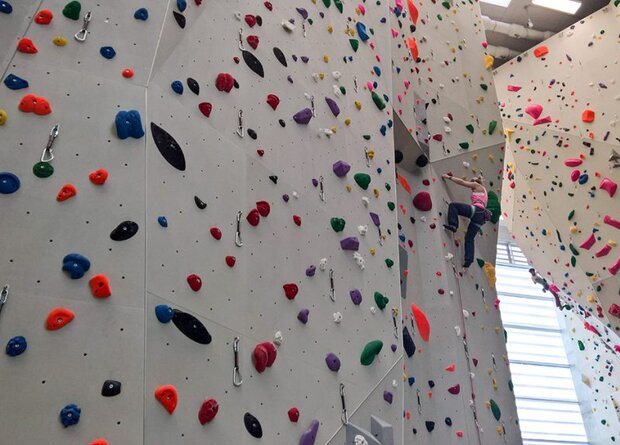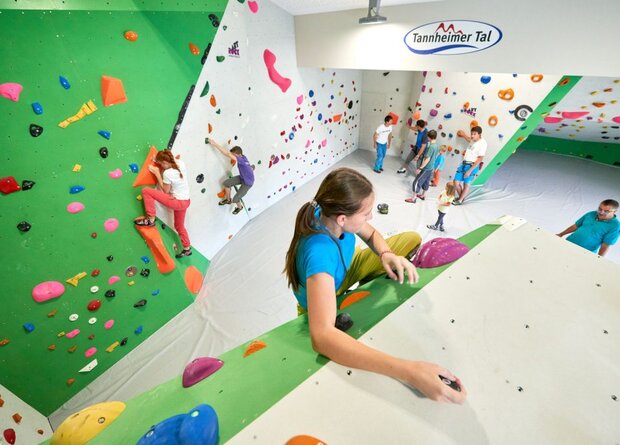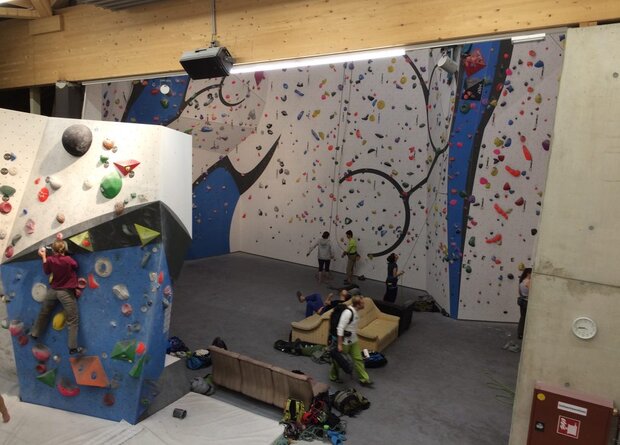We show you how to successfully plan climbing routes, what this means, why you absolutely have to "keep at it" and not give up.
To improve your climbing skills, you need to be able to plan routes.
To climb harder, we have already explained in the article "Climbing depends on difficulty" that it is very important to try difficult routes so that your body is constantly learning new things and MUST adapt.
A good way to do this is to plan routes. This means trying a route where you have at least 3-4 hang-ups at the beginning or where you can't climb some parts at all.
Finding the balance between challenge and frustration when planning climbing routes
The difficulty in planning is to find a climbing route with new challenges without causing frustration when climbing. It's all about the right dose. It is therefore very important to choose the right climbing project first:
If the climbing difficulty level is two grades above your redpoint level, the tour is too difficult. Progress will be very slow and you will be frustrated. If the route is too easy and the level of difficulty too low, then the challenge and therefore the training effect will be too low. Your project should be in your geographical vicinity so that you can get there often and climb a lot. You also need climbing partners who will go there with you regularly.
Once you have found the right project, you can start climbing. (here: Niederthai)
Planning climbing routes correctly means celebrating small successes
When planning climbing routes correctly, every single learning process counts. Take a look at your project. Can you already climb all the moves? When and where will you clip in the intermediate protection? This is often much more difficult than the climbing itself.
Don't think about the ascent yet. Be happy about every success in your project, no matter how small. Today you climbed the first three meters without falling or catching, clipping in the fifth intermediate belay worked for the first time today, you were able to hold the hold in the crux for the first time. These small successes in climbing are incredibly motivating.
Planning climbing routes correctly also means taking steps backwards
But you will also experience setbacks when climbing at a new level of difficulty. You think you're just about to climb through and suddenly you can no longer hold the holds. Your foot always slips in the same place. Suddenly you are so nervous and fall at the easiest point.
These setbacks are important and completely normal when planning climbing routes correctly. Always try to stay motivated. Break the route down into small sections. Embark on the journey and see what happens. The goal is the next hold and not the top.
The goal is the next hold. (here: Martinswand)
Up is down. You are never really at the top.
One day the day will come. Everything is so easy, so natural, all the doubts and fears have vanished. You only live in the moment. You forget everything around you, concentrate on the essentials and finally you're at the top, clipping in the chain stand. At the end of your tour, your project.
Enjoy the moment, soak it all up, because the immense joy is always followed by emptiness. The climb through is the end, so to speak. The end of your project. The end of your dream. The end of your journey.
You've done it! Then plan the next climbing routes
And the start of something new. Of the new project. The top is always followed by the bottom.
You are never really at the top, but no one can take away the experiences of your journey and in the end they are much more important than the level of difficulty of the climbing tour.
Have fun on your journey.
Almost at the end of the journey, climbing in Niederthai
